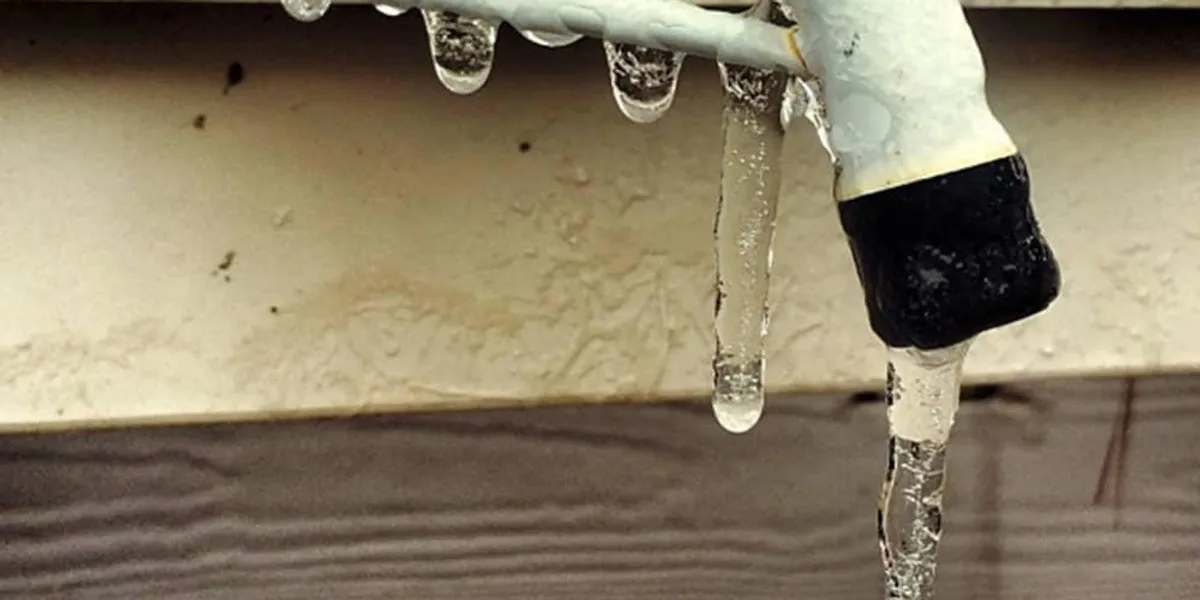Here in the next paragraphs you can get additional extremely good points when it comes to Winter Plumbing Precautions: Preventing Frozen Pipes.

Cold weather can wreak havoc on your plumbing, specifically by freezing pipes. Right here's how to prevent it from taking place and what to do if it does.
Intro
As temperature levels decrease, the threat of icy pipelines boosts, potentially bring about expensive fixings and water damages. Understanding how to avoid icy pipelines is important for house owners in cold environments.
Understanding Icy Pipelines
What causes pipelines to freeze?
Pipelines ice up when exposed to temperatures listed below 32 ° F (0 ° C) for extended durations. As water inside the pipes freezes, it increases, putting pressure on the pipe walls and possibly triggering them to burst.
Dangers and damages
Frozen pipelines can lead to water disruptions, property damages, and costly repair work. Ruptured pipelines can flooding homes and create substantial structural damages.
Indicators of Frozen Piping
Recognizing icy pipes early can prevent them from breaking.
How to recognize frozen pipelines
Look for decreased water circulation from taps, uncommon odors or sounds from pipelines, and noticeable frost on exposed pipelines.
Avoidance Tips
Insulating at risk pipelines
Wrap pipes in insulation sleeves or make use of warmth tape to protect them from freezing temperature levels. Concentrate on pipelines in unheated or exterior locations of the home.
Home heating techniques
Keep indoor areas properly heated up, specifically areas with pipes. Open up cabinet doors to allow cozy air to circulate around pipes under sinks.
Securing Outside Plumbing
Yard pipes and outside faucets
Separate and drain pipes yard hoses before winter. Mount frost-proof spigots or cover outside taps with insulated caps.
What to Do If Your Pipes Freeze
Immediate actions to take
If you think icy pipes, maintain faucets available to soothe pressure as the ice melts. Make use of a hairdryer or towels soaked in hot water to thaw pipelines gradually.
Long-Term Solutions
Structural adjustments
Consider rerouting pipelines far from outside walls or unheated locations. Include extra insulation to attics, cellars, and crawl spaces.
Updating insulation
Buy top quality insulation for pipes, attics, and walls. Correct insulation aids preserve regular temperatures and decreases the risk of frozen pipelines.
Conclusion
Preventing frozen pipelines requires proactive actions and quick reactions. By comprehending the causes, indicators, and safety nets, house owners can protect their pipes during winter.
5 Ways to Prevent Frozen Pipes
Drain Outdoor Faucets and Disconnect Hoses
First, close the shut-off valve that controls the flow of water in the pipe to your outdoor faucet. Then, head outside to disconnect and drain your hose and open the outdoor faucet to allow the water to completely drain out of the line. Turn off the faucet when done. Finally, head back to the shut-off valve and drain the remaining water inside the pipe into a bucket or container. Additionally, if you have a home irrigation system, you should consider hiring an expert to clear the system of water each year.
Insulate Pipes
One of the best and most cost-effective methods for preventing frozen water pipes is to wrap your pipes with insulation. This is especially important for areas in your home that aren’t exposed to heat, such as an attic. We suggest using foam sleeves, which can typically be found at your local hardware store.
Keep Heat Running at 65
Your pipes are located inside your walls, and the temperature there is much colder than the rest of the house. To prevent your pipes from freezing, The Insurance Information Institute suggests that you keep your home heated to at least 65 degrees, even when traveling. You may want to invest in smart devices that can keep an eye on the temperature in your home while you’re away.
Leave Water Dripping
Moving water — even a small trickle — can prevent ice from forming inside your pipes. When freezing temps are imminent, start a drip of water from all faucets that serve exposed pipes. Leaving a few faucets running will also help relieve pressure inside the pipes and help prevent a rupture if the water inside freezes.
Open Cupboard Doors
Warm your kitchen and bathroom pipes by opening cupboards and vanities. You should also leave your interior doors ajar to help warm air circulate evenly throughout your home.

Hopefully you enjoyed our part on Helpful Tips to Prevent Frozen Pipes this Winter. Thanks a lot for taking a few minutes to read through our blog post. You should pause to distribute this blog post if you liked it. I value your readership.
Book